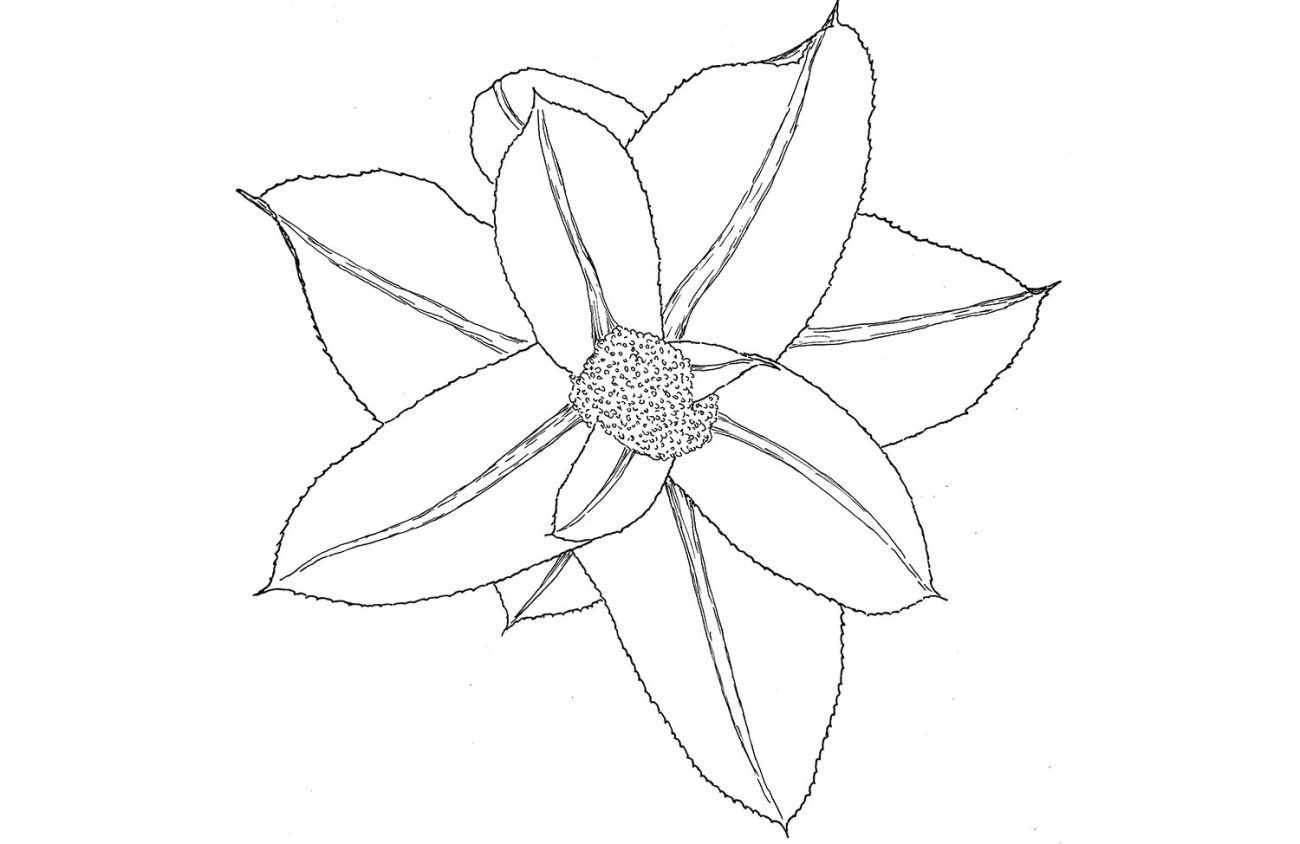As anticipated in the April column, the Delta Ponds are now bustling with goslings. This year we were greeted with a sight that was not at all delightful: three goslings floating at the edge of the trail. The way they were mauled and left behind makes me suspect an off-leash dog. The natural predators don’t leave their dinner behind. Now I’m giving threatening looks to those who let their dogs off leash when walking along the edge of the ponds.
When asked what is my favorite color, my answer is “spring green.” By this I refer to the bright green of unfurling leaves on trees and shrubs. The leaves on most woody plants will darken as the season progresses but vine maples that grow in the understory have leaves that stay bright green through the season. The leaves of vine maples that grow in the open, as in the lava fields near the mountain passes, do get a darker green but then these are the ones that develop the brightest fall red in our area.
The valley’s wildflower season peaks around the time of the Mount Pisgah Arboretum Wildflower Festival, May 19 this year. Meanwhile, the season of mosses is growing to a close. Most mosses have their reproductive shoots mature, none more prominent than the badge moss. The badge moss gets its name from the cup of big leaves surrounding its male structures. After fertilization, the female plants will not develop spore capsules until the fall rains arrive.
David Wagner is a botanist who works in Eugene. He teaches moss classes, leads nature walks and makes nature calendars. He can be contacted through his website, fernzenmosses.com.
